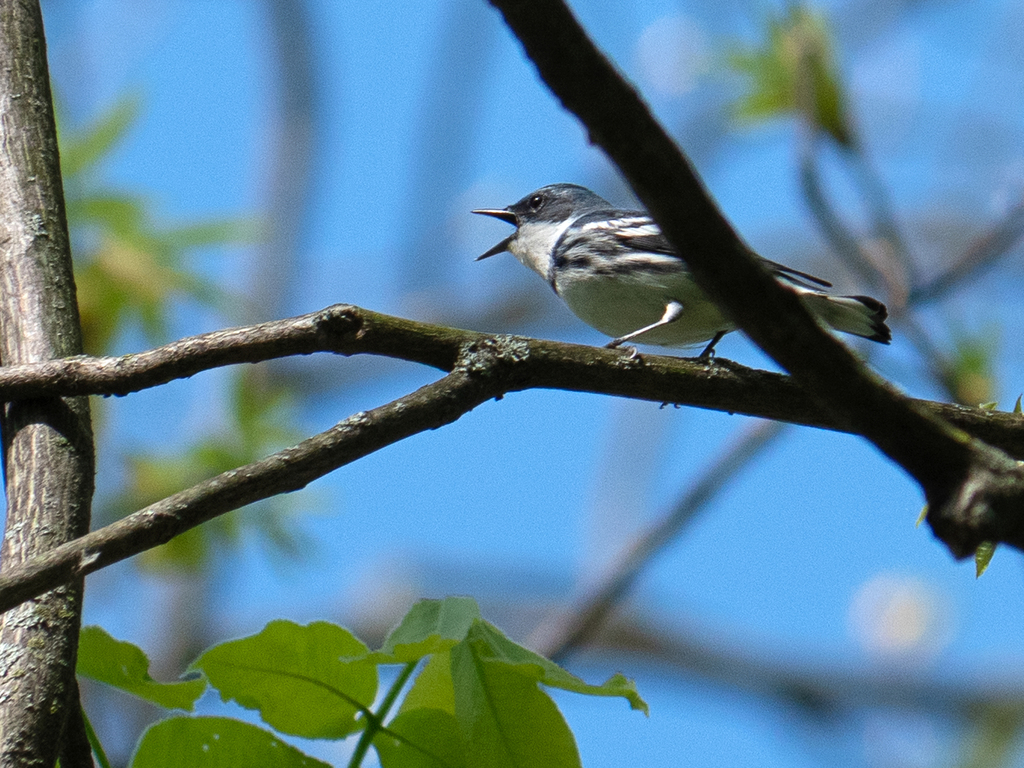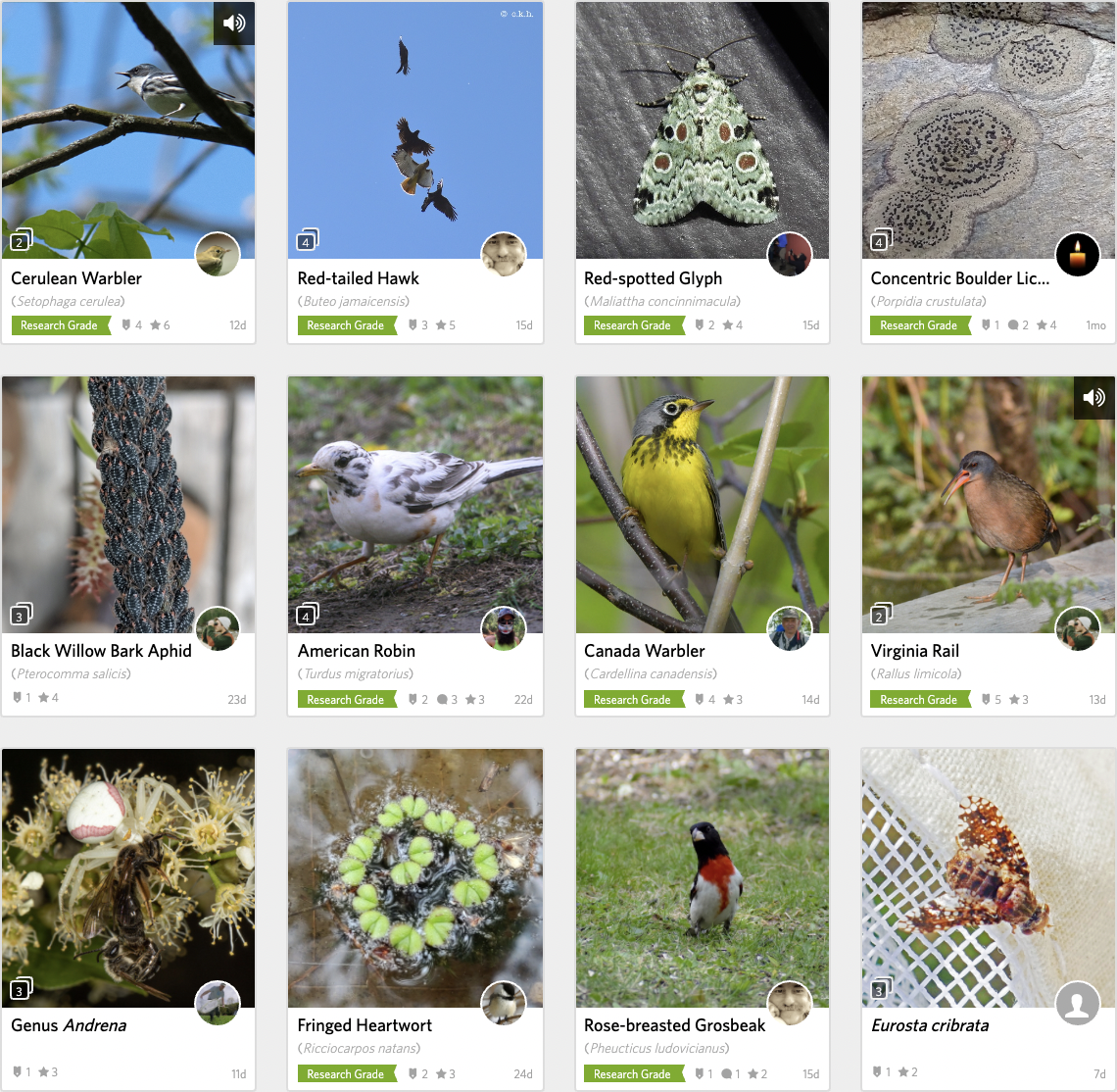With their multitude of colors and patterns, lady beetles catch the eye of even the most insect-averse. Lady beetles have also captured the attention of the Vermont Center for Ecostudies’ Vermont Atlas of Life team, after they discovered that many Vermont native lady beetle species have not been seen for decades. In response, the team has launched the Vermont Lady Beetle BioBlitz that will run June 5 to June 12, 2021, and they are looking for volunteers from all over the state to help rediscover these beautiful beetles.
A BioBlitz is a community science effort to record all the species within a designated area over a short time period. Anyone with a willingness to explore nearby habitats to find and photograph lady beetles is encouraged to join. No experience is necessary! The week-long survey will use iNaturalist.org to collect data. To participate, volunteers simply need to download the free iNaturalist smartphone app and join the project at https://www.inaturalist.org/projects/vermont-lady-beetle-bioblitz. Data collected from the Vermont Lady Beetle BioBlitz will be included in the Vermont Lady Beetle Atlas, a statewide survey focused on rediscovering Vermont’s long lost lady beetle species.
“We had an old document which provided a snapshot of lady beetle life prior to 1976 and we quickly realized that many of the beetles reported hadn’t been seen in decades,” said VCE biologist Kent McFarland.
Alarm bells started ringing and the team went to work, sifting through historic lady beetle collections from the University of Vermont Zadock Thompson Natural History Collection, Middlebury College, Fairbanks Museum, and the Vermont Forest, Parks, and Recreation collection, as well as modern records from the Vermont Atlas of Life iNaturalist project and the Lost Ladybug Project at Cornell University. As the pieces fell into place, they realized that 12 of Vermont’s 35 native lady beetle species have been missing for decades.
This may come as a surprise to anyone who has watched armies of bright red and orange beetles invade their windowsills once the autumn wind catches a chill. However, most of these winter roommates are in fact an invasive species—the Asian Lady Beetle—thought to be partly responsible for the decline of native species.
Although it may appear that Asian Lady Beetles are all there is to see, a closer look will reveal other lady beetle species that often blend in. A friend to farmers and gardeners alike, these tiny insects feed primarily on aphids and other pests who can destroy crops. Healthy, diverse lady beetle populations keep these pests in check, making the decline and disappearance of some native species quite concerning.
The Vermont Lady Beetle Atlas was created to find answers to the questions regarding these missing species’ whereabouts. The Atlas’s main objective is to collect information about Vermont’s lady beetle species by conducting field surveys and revisiting older records in order to develop a deeper understanding of how they are faring. However, VCE cannot undertake this endeavor alone.
Lady beetles are tiny needles in the vast haystack of Vermont’s woods, fields, and gardens, making it difficult for a handful of biologists to successfully search alone. Following the lead of the Lost Ladybug Project, VCE is asking community scientists for help in searching for the missing species. Volunteers can search for lady beetles in gardens and potted plants, among weeds and shrubs, on tree trunks, and even on the outside of homes and outbuildings. The goal of the seven-day Bioblitz is to add as many photo-observations of lady beetles as possible to the Vermont Lady Beetle Atlas.
While volunteers can start looking for lady beetles anytime, the official kick-off event is the bioblitz from June 5 - 12, 2021. Every lady beetle counts!
Anyone interested in learning more about the atlas should visit the Vermont Lady Beetle Atlas website at http://val.vtecostudies.org/projects/lady-beetle-atlas/. For questions related to the Vermont Lady Beetle Atlas, please contact Julia Pupko at jpupko@vtecostudies.org.





